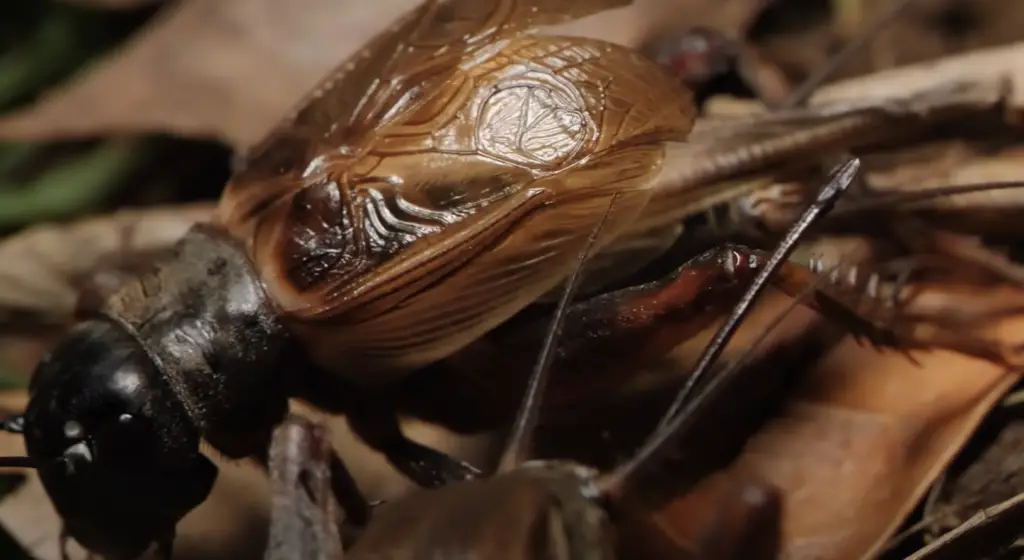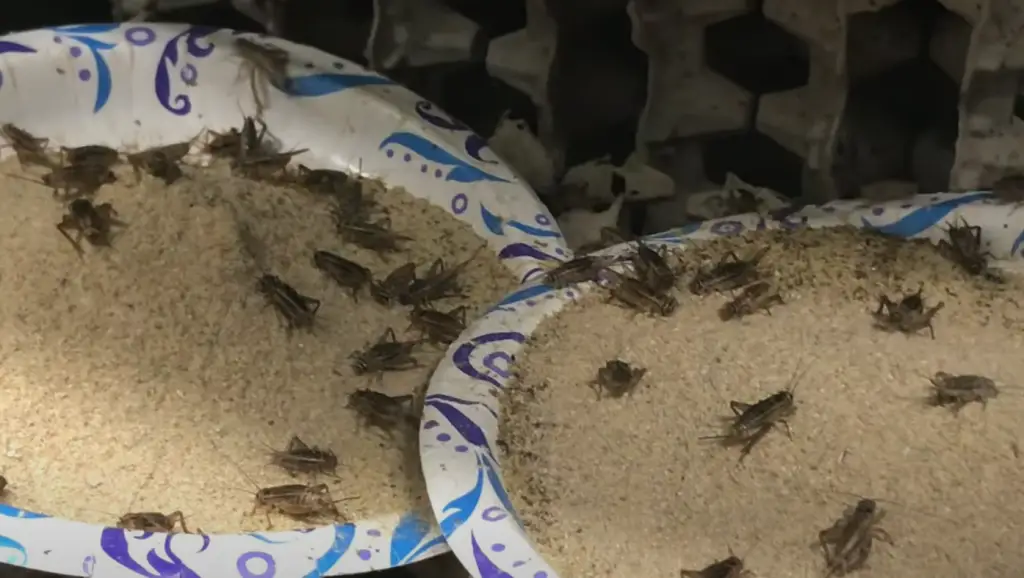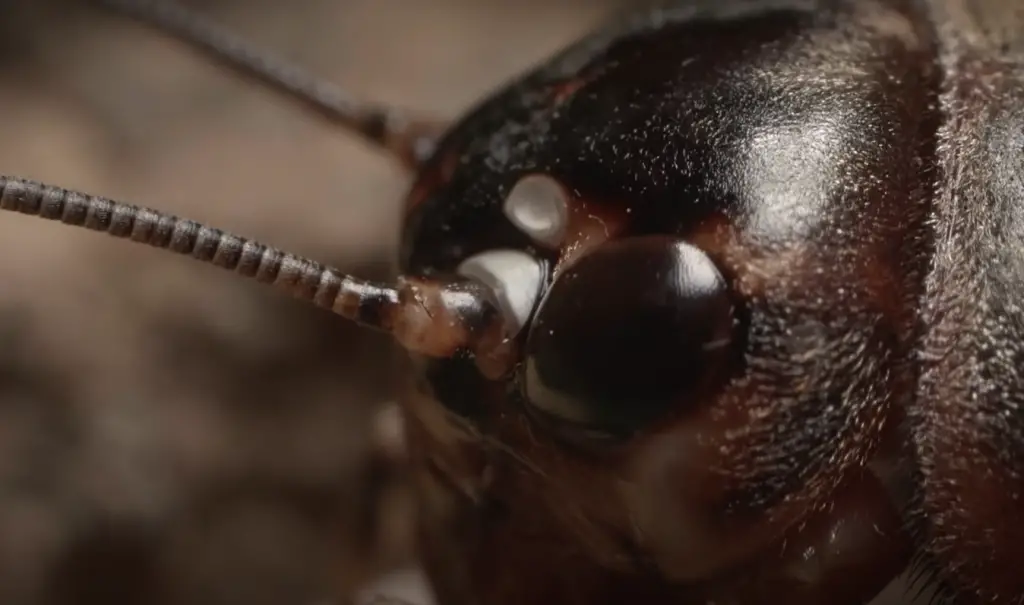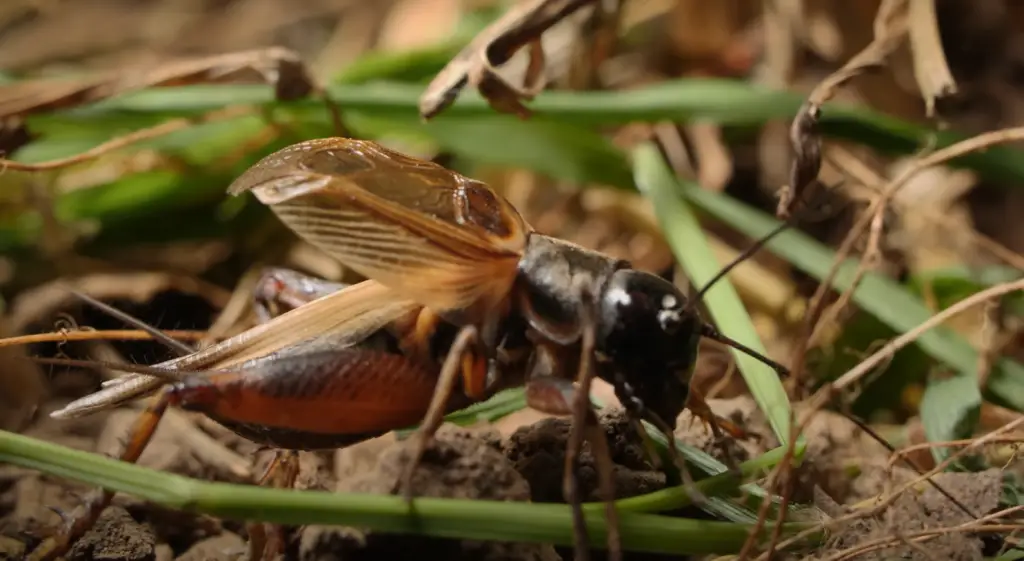If you have crickets in your garden, it’s likely that they’re hungry. But how do I know what my cricket likes to eat? This article will answer all of your questions about bugs and how to get rid of them. It also includes tips on keeping the population under control.
Are Сrickets a Gardener’s Friend or Foe?
Crickets are both a gardener’s friend and foe. Bats eat various pests in the garden, such as aphids and other small insects. Although they are valuable for pest control, these animals can also do damage by chewing leaves or stems. This can make them less than perfect for some people’s tastes. So ultimately- does this mean we should encourage their presence? Or try our hardest not to let these creatures be!?

The answer to this question will depend on what type of cricket you’re dealing with. There are two types of crickets – field crickets and house crickets. Field crickets can be helpful or harmful, depending on their location in relation to your plants. But it is important to know not just how they affect us humans, but also plants. Some kind souls eat manure from other creatures.
Cricket Identification
To get rid of crickets in your home, you first must identify the type. There are two types of crickets that live in America. Field crickets like to live outside in fields. House crickets like to live inside houses.
To identify a field cricket, look for an insect that is black or brown in color and about one-inch long. These crickets have long antennae. The largest ones are their hind legs, which are bigger than their front legs.
They walk differently because of this size difference (their movement will be smoother). House Cricket are small, light yellow or tan bugs that only grow to be about half an inch tall. They have shorter antennas than most other pests.
Now that you know what type of cricket is living in your home, take another look around for more clues. There are two different types of crickets: field crickets and house crickets.
Field crickets are usually found near doorways and windows. House crickets like to stay hidden inside dark areas such as basements or closets, where it is dark and there is moisture on the floor from leaks in the roof. They don’t necessarily find these environments unpleasant – just particular about their environment. [1]
Cricket Life Cycle
When the female cricket lays her eggs in soil, she can produce an egg that will eventually turn into an adult. The life cycle for this insect begins when it hatches from its egg. It will feed on food sources nearby. Then, it will molt several times until it reaches maturity. This process can take anywhere between two weeks and more than two months, depending on how long it takes the insect to grow up.

Crickets are nocturnal creatures that spend their days hiding in dark, moist places. They come out at night to feed on organic matter like plants and other insects! These animals like light. That is why you often see them near porch lights or street lamps. They want as much natural sunlight as possible. Keep your lights bright so the animals can see where they are going. [1]
Habitat Modification
The first step in solving a cricket problem is to make your yard less inviting to them. This usually means making it drier, since most cricket species prefer moist habitats. To do this, you can:
- Water your lawn and garden during the day so that it has time to dry out before nightfall.
- Fix any leaks in your sprinkler system.
- Trim back any vegetation that is touching your house, since crickets like to hide in these cool, moist places.
- Move firewood and other potential hiding spots away from your house.
- Seal up any cracks or holes in the foundation of your house.
You can’t have a proper cricket match without your neighbor. You should talk to them about taking these steps too, because it will be difficult if not impossible for you both when their houses are infested with the pesky bugs. [1]
Lots of Crickets in Yard
Crickets are omnivorous insects, which means they’ll eat just about anything. This includes both plant and animal material. So, if you’re wondering what crickets eat in the garden, the answer is: just about everything.
These black or brown insects are about an inch long and are attracted to both gardens and yards. Field crickets eat a variety of plant material, including leaves, fruits, and vegetables.They also eat other insects, including caterpillars, moths, and beetles. While they will eat just about anything, field crickets prefer seeds and other high-protein foods.
If you’re struggling with pesky crickets in your garden, there are a few things that will help get rid of them. Make sure your home is clean and free from any debris. This includes keeping pets away so they don’t bring dirt into the yard. You can also try using traps or bait specifically designed to catch these pests.
If you don’t want crickets in your yard, one way to prevent them from coming is by getting rid of potential hiding places like piles of leaves or wood. You could also try using a perimeter fence that will keep the pesky insects out while letting pets through!

While crickets can be a nuisance, they’re not necessarily harmful to your garden. In fact, some people actually consider them to be beneficial because they help control other pests. If you don’t like bugs, the best way to keep them away is to take steps to prevent them from coming into your garden.
Physical and Chemical Control
Crickets are attracted to light and will congregate on the side of buildings where they are illuminated at night. This makes them easy to kill with a fly swatter or by vacuuming them up. But if you have a cricket infestation, these methods won’t be enough. You’ll need to take more drastic measures.
Insecticides are a great way to get rid of pesky crickets without having any health problems! One type of insecticide comes from chrysanthemums. It can be used indoors or outdoors.
Some directions are for use only inside your house, while others will kill ants on contact, whether they are outside or inside. Keep these traps handy near doorways and windows where ants seem to be most active, as well as around corners and other potential hiding spots.In addition to insecticides, you can also use traps to catch and kill crickets. There are a number of different types of traps available, including glue traps, pheromone traps, and electrical grids. Glue traps are the most common type of trap used to catch crickets.
These traps work by luring the cricket onto a sticky surface, where it becomes stuck and dies. Pheromone traps work in a similar way, but instead of using glue, they use a chemical lure that attracts crickets. Electrical grids trap crickets by shocking them with an electric current when they touch the wires.
If you have a cricket infestation, the best course of action is to contact a pest control professional. These professionals will be able to identify the type of cricket you’re dealing with and recommend the best course of treatment. They may also be able to offer additional tips for preventing crickets from returning in the future.
Crickets are pesky little insects that can quickly become a nuisance if they invade your home or yard. But by taking some simple precautions and using the right control methods, you can get rid of them for good. [2]
What Do Crickets Eat in the Garden?
Crickets are small brown insects that live in gardens across America. These pesky creatures can be found feasting on plant life, especially vegetables and flowers! But what do they eat? Crickets eat mainly fruits, like apples and strawberries. They sometimes eat other things, but they usually like fruits the best.

Crickets can be a problem for gardens if their population gets too large. They can eat the plants in the garden, which can damage them. If you notice crickets starting to nibble on your plants, there are a few things you can do to get rid of them.
The easiest way to get rid of crickets is by picking them off your plant. It’s a quick process, but it can take some time if you have many bugs!
Another option for controlling these pests is to use an insecticide. There are both chemical and natural forms of the product, which means you can find something that works well with your garden’s specific needs!
The only way to really get rid of crickets is by attracting predators into your garden, but that’s not always an easy task. There are a few things you can do to stop pests from coming near your home. You can try bird guards or snake fences, but if those don’t work then you might have to say “cricket” in our common language. [3]
Are Crickets Good Or Bad For Your Garden?
There’s no easy answer to this question. Some people think that crickets are helpful to gardens because they aerate the soil and eat pests like aphids. But other people say that cricket infestations can be harmful to plants if left unchecked. It all depends on which type of cricket you have.
FAQ
Are Crickets Good to Have Around?
Yes! Crickets are actually very beneficial to have around the garden. They help aerate and loosen soil, which allows for better water and nutrient absorption. They also eat a variety of pests and can help keep your plants healthy.
That said, too many crickets can quickly become a problem. If their population gets out of control, they can start eating your plants and causing damage to your garden. It’s important to keep their population in check and make sure they have enough food to eat so they don’t turn to your plants as a food source.
What Do Crickets Like to Eat the Most?
Crickets are actually quite easy to please when it comes to their diet. In the wild, they will typically eat anything that is soft and easily digestible, including other insects, fruit, and vegetables. However, if you’re looking to keep crickets as pets or use them as bait for fishing, you’ll need to provide them with a more specific diet.
Pet owners should provide their pets with a specially formulated cricket food that is available at most pet stores. You can also supplement the diet by offering fruits, vegetables and small insects as well!

As for bait crickets, they can be a bit more finicky since their diet will directly affect the quality of the bait. You should feed your chickens a diet that is high in protein so that they will grow big and healthy. A good mix of dry dog food, cat food, and raw meat will do the trick.
Crickets need a lot of water to survive. Make sure you provide your cricket’s tank with at least one small dish or bottle filled up high enough so they don’t drown when it starts raining outside.
Do Crickets Need Water?
Yes, crickets do need water to survive. You can provide them with a shallow dish of water or mist their enclosure with a spray bottle daily. Be sure to remove any uneaten food before it molders and pollutes the cricket’s water supply.
Crickets are relatively easy to care for, but there are a few things you need to know in order to keep them healthy and happy. Providing them with a proper diet is one of the most important things you can do. So, what do crickets eat?
As omnivores, crickets will eat just about anything. They are particularly fond of fruits and vegetables, but will also consume meat, insects, and other small animals. You can offer them a variety of food items to keep them well-fed. Some good options include:
- Fruits: apples, bananas, grapes, melon, oranges
- Vegetables: carrots, celery, corn, cucumbers, lettuce
- Meat: cooked chicken or beef, insects, worms
In addition to these food items, you will also need to provide your crickets with a source of calcium. This is important for their shell development and overall health. You can offer them crushed eggshells or cuttlebone as a calcium supplement.
What Food is Poisonous to Crickets?
There are a few things that crickets should avoid eating, as they can be poisonous.
These include:
- Cigarette butts
- Alcohol
- Chocolate
- Caffeine
- Some spices, like cayenne pepper
Can Crickets Eat Banana Peels?
Banana peels are actually a great food source for crickets. They are packed with nutrients and moisture, which is perfect for cricket food. You can either leave them out in the open or chop them up into smaller pieces to make it easier for the crickets to eat.
Just be sure to remove any stringy bits from the peel, as these can be a choking hazard.
Crickets will also eat other fruits and vegetables, so feel free to experiment with what you have on hand. Just be sure to remove any pits or seeds before giving them to your crickets, as these can be dangerous for them to consume.
In general, crickets are omnivorous insects, which means that they will eat both plants and animals. In the wild, they are known to eat a variety of things, including other insects, small mammals, and even dead animals.
Useful Video: What Our Crickets Eat, Where You Can Get It, & What To Use If You Can’t
Conclusion
Crickets are a great addition to the garden, as they help to break down organic matter and fertilize the soil. They also eat other pests, which makes them beneficial for keeping your plants healthy. If you’re looking for an easy way to add some natural pest control to your garden, consider adding a few crickets!
Just be sure to provide them with a food source, as they will not survive on plants alone. A good diet for crickets includes a mix of fruits, vegetables, and other insects. You can also buy commercial cricket food at your local pet store.
With a little care, you can have a healthy population of crickets in your garden that will help to keep it looking great!
Do you have crickets in your garden? What do they eat? Let us know in the comments below!
References:
- https://homeguides.sfgate.com/garden-crickets-82326.html
- https://www.mailtribune.com/home-and-garden/2018/05/20/literary-gardener-are-crickets-a-gardeners-friend-or-foe/










Leave a Reply
View Comments